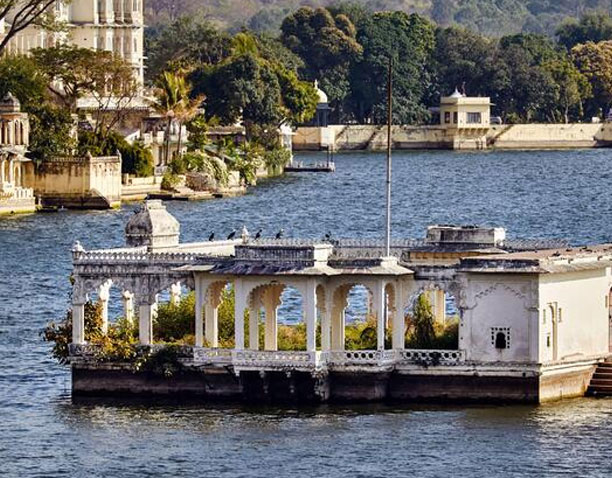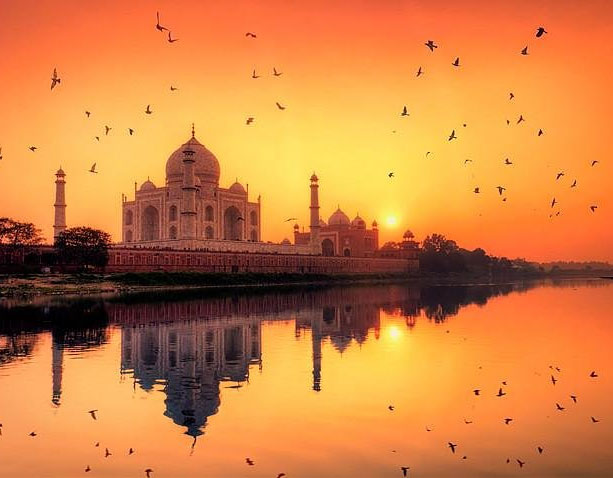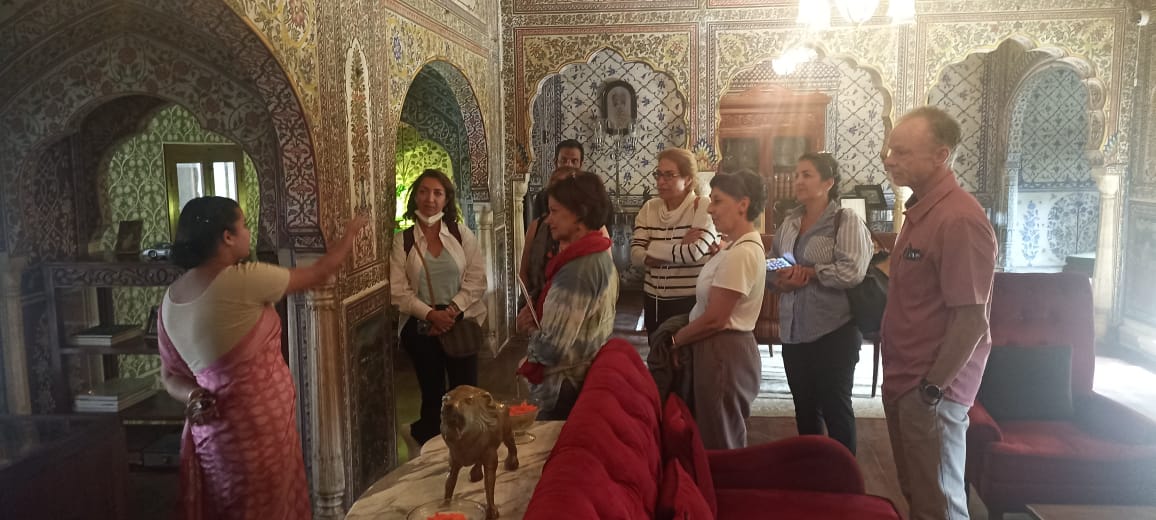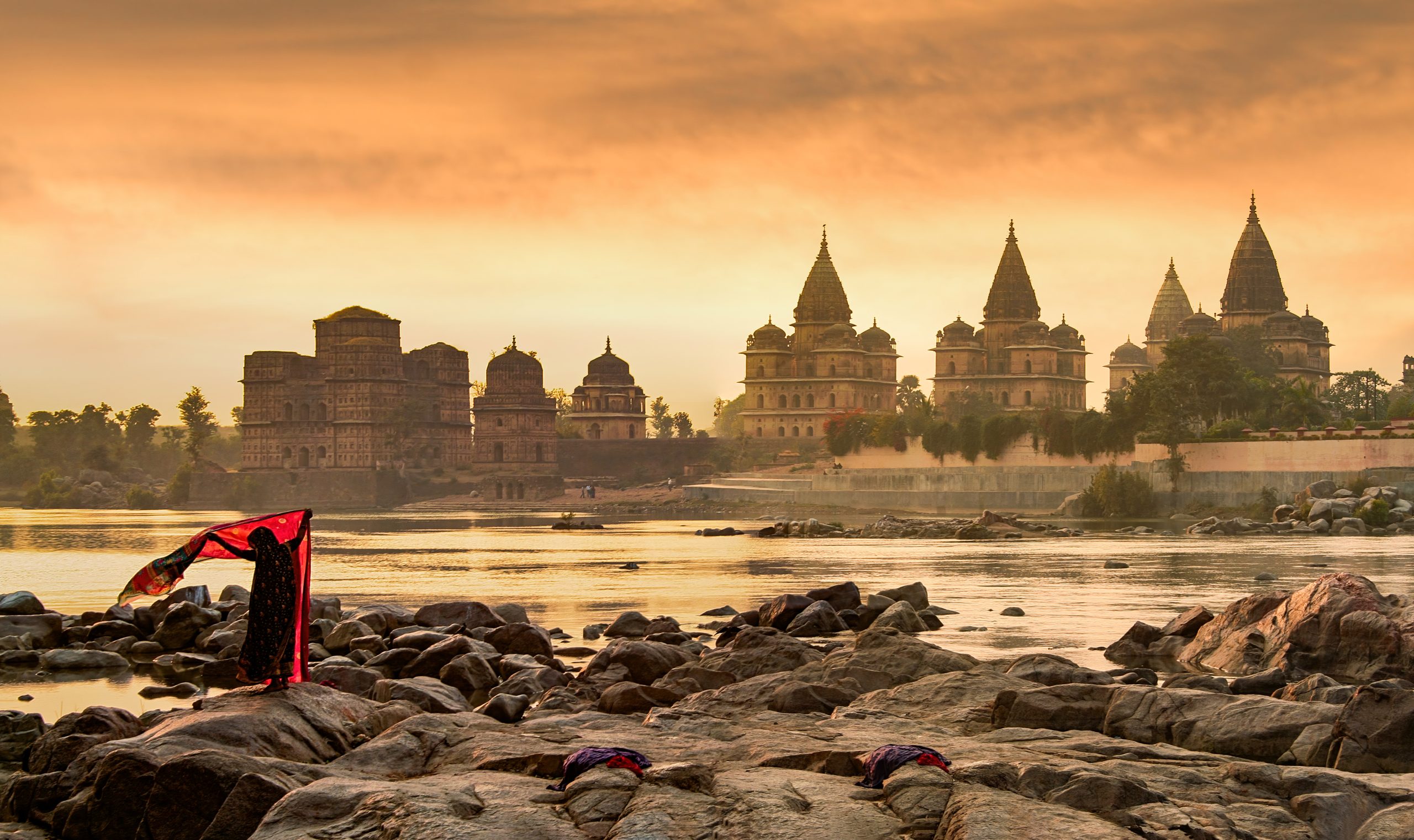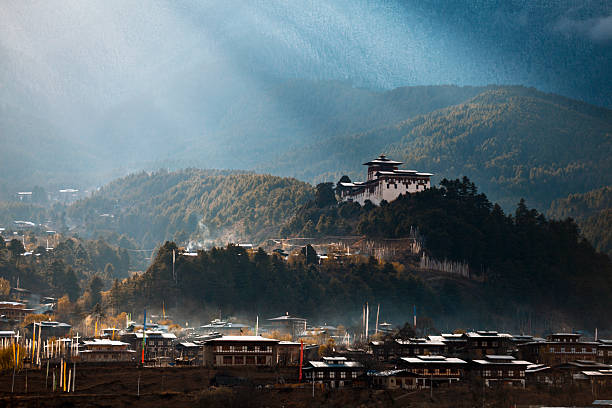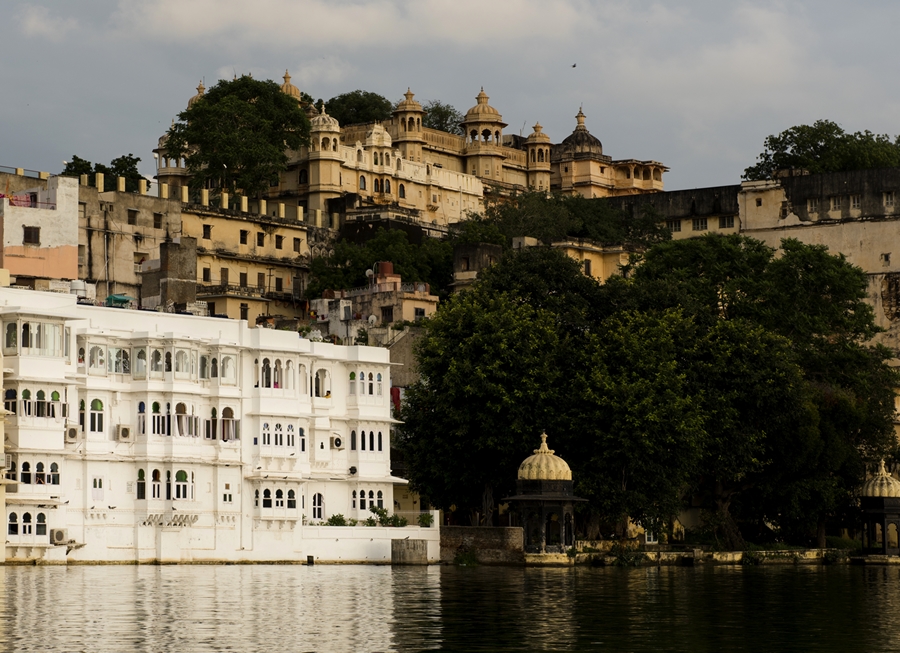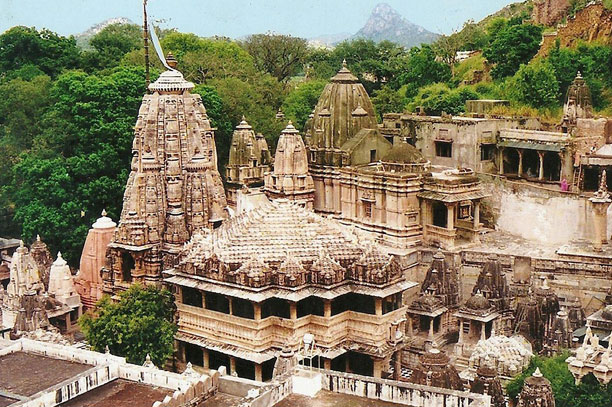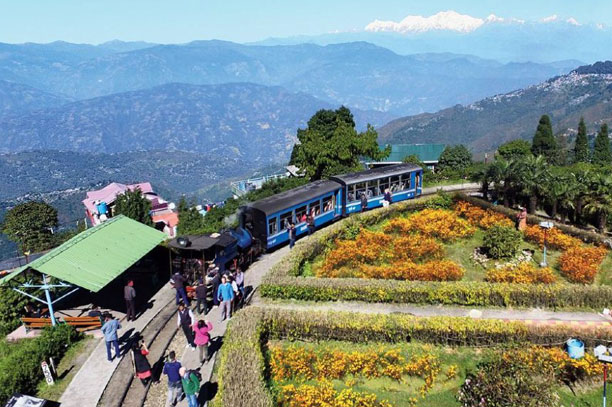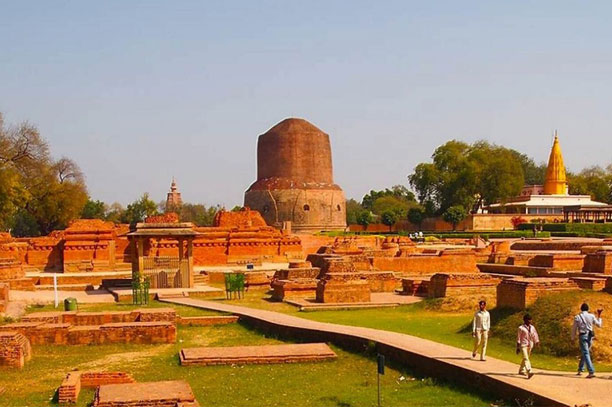Welcome to the majestic Agra Fort, a grand testament to the rich history and architectural brilliance of India. As you step into this UNESCO World Heritage Site, be prepared to be captivated by its imposing walls and intricate details that have withstood the test of time. This formidable red sandstone fortress, located in the heart of Agra, is a must-visit destination for history buffs and admirers of Mughal architecture. Built by Emperor Akbar in the 16th century, Agra Fort served as the imperial residence for generations of Mughal emperors, including Shah Jahan, who later built the iconic Taj Mahal. Explore the sprawling complex, and you’ll discover a treasure trove of palaces, courtyards, and mosques that tell tales of bygone eras. Soak in the grandeur, walk in the footsteps of legends, and unravel the secrets of this magnificent fort as you embark on an unforgettable journey through history. Get ready for an awe-inspiring experience at Agra Fort, where every stone has a story to tell.
Historical significance of Agra Fort
Agra Fort holds immense historical significance as it witnessed the rise and fall of the Mughal Empire. The fort was originally built as a military structure by Emperor Akbar in 1565 AD, but it was his grandson, Shah Jahan, who transformed it into a magnificent palace. It served as the main residence of the Mughal emperors until 1638 when the capital was shifted to Delhi. Agra Fort also played a pivotal role in several historical events, including the infamous battle between the Mughals and the British during the Indian Rebellion of 1857. Today, it stands as a symbol of the grandeur and power of the Mughal Empire, attracting millions of tourists from around the world.
The architecture and design of Agra Fort are a perfect blend of Islamic, Persian, and Indian styles. The fort is primarily made of red sandstone, giving it a distinct appearance. The intricate carvings, delicate marble inlays, and ornamental details are a testament to the exquisite craftsmanship of the Mughal artisans. The fort’s strategic location on the banks of the Yamuna River adds to its charm, providing breathtaking views of the surrounding landscape. As you explore the fort, you’ll be mesmerized by its grand gateways, massive walls, and beautifully designed palaces that showcase the architectural genius of the Mughals.
Key attractions within Agra Fort
Agra Fort is a treasure trove of architectural marvels and historical wonders. As you wander through its sprawling complex, there are several key attractions that you simply cannot miss. The Diwan-i-Aam, or the Hall of Public Audience, is a grand open courtyard where the emperor would address the public. Its impressive colonnades and elevated throne are a sight to behold. The Diwan-i-Khas, or the Hall of Private Audience, is another must-visit attraction. This opulent hall was reserved for private meetings and is adorned with intricate marble work and a stunning gold throne.
One of the most iconic structures within Agra Fort is the Musamman Burj, a beautiful octagonal tower where Emperor Shah Jahan was imprisoned by his own son, Aurangzeb. From here, Shah Jahan spent his final years gazing at the Taj Mahal, the mausoleum he built for his beloved wife, Mumtaz Mahal. The Sheesh Mahal, or the Mirror Palace, is another highlight of Agra Fort. This enchanting palace is adorned with mirrors and precious stones, creating a mesmerizing effect when light reflects off its surfaces.
Stories and legends associated with Agra Fort
Agra Fort is steeped in stories and legends that transport you to a bygone era. One of the most famous tales is that of Shah Jahan’s confinement in the Musamman Burj. It is said that he would spend hours gazing at the Taj Mahal, reminiscing about his beloved wife, Mumtaz Mahal. Another intriguing story is that of the hidden underground tunnel that supposedly connects Agra Fort to the Taj Mahal. It is believed that this tunnel was used by the Mughal emperors to visit the Taj Mahal in secret. While the existence of this tunnel remains a mystery, it adds an air of mystique to the already fascinating history of Agra Fort.
Agra Fort in popular culture and tourism
Agra Fort has not only captured the imaginations of historians and architects but also made its mark in popular culture and tourism. The fort has been featured in several movies, including the iconic Bollywood film “Mughal-e-Azam,” which showcased the grandeur of the Mughal era. Its magnificent architecture and historical significance have made it a favorite destination for tourists visiting India. Every year, millions of visitors flock to Agra to witness the beauty of Agra Fort and its neighboring wonder, the Taj Mahal. The fort’s inclusion in the Golden Triangle tour, along with Delhi and Jaipur, has further boosted its popularity among international travelers.
Tips for visiting Agra Fort
When planning your visit to Agra Fort, it’s essential to keep a few things in mind. Firstly, it is advisable to hire a local guide who can provide you with valuable insights and make your experience more enriching. The fort is vast, and a guide can help navigate through its various attractions and explain their historical significance. Secondly, it is recommended to visit Agra Fort during the early morning or late afternoon to avoid the crowds and the scorching heat. The fort can get crowded, especially during peak tourist season, so planning your visit accordingly can ensure a more pleasant experience. Lastly, don’t forget to carry a bottle of water and wear comfortable shoes as you’ll be doing a fair amount of walking.
Nearby attractions and places to visit in Agra
Agra is not just about the Taj Mahal and Agra Fort. The city is dotted with several other attractions that are worth exploring. One such place is the Tomb of Itimad-ud-Daulah, often referred to as the “Baby Taj.” This beautiful mausoleum, built by Nur Jahan for her father, is a masterpiece of Mughal architecture and showcases intricate marble inlays and delicate carvings. Another must-visit attraction is the Mehtab Bagh, a garden complex located across the river from the Taj Mahal. This serene garden offers stunning views of the Taj Mahal and is the perfect spot for a leisurely stroll or a picnic.
Agra Fort timings and ticket information
Agra Fort is open to visitors from sunrise to sunset, seven days a week. The entry fee for Indian citizens is INR 40, while foreign tourists are required to pay INR 550. There is an additional fee for carrying still or video cameras inside the fort. It is advisable to check the official website or contact the local authorities for the most up-to-date information regarding timings and ticket prices.
Conclusion
Agra Fort, with its rich history, architectural grandeur, and captivating stories, offers a glimpse into the glorious era of the Mughal Empire. From its imposing walls to its intricately designed palaces, every corner of the fort exudes a sense of awe and wonder. As you explore this UNESCO World Heritage Site, you’ll be transported back in time, walking in the footsteps of emperors and witnessing the opulence that defined an era. A visit to Agra Fort is not just a sightseeing experience; it is a journey through history, a chance to connect with the past and appreciate the architectural marvels that have stood the test of time. So, pack your bags, wear your explorer’s hat, and get ready for an unforgettable tour of Agra Fort, where history comes alive with every step you take.



